PhilSteiner
Well-known member

I photographed this bird in Dushanbe, Tajikistan this morning. At first I thought it was a dark Common Buzzard, but now I'm thinking it's better for a Honey-buzzard, especially looking at the shape of its head and face in the two photos where it's perched with the grassy hillside in the background.
If it is a Honey-buzzard, is it European or Oriental? eBird doesn't flag either as rare here.
If it is a Honey-buzzard, is it European or Oriental? eBird doesn't flag either as rare here.
Attachments
-
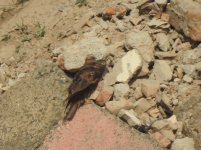 DSCN0286 (2).JPG910.9 KB · Views: 43
DSCN0286 (2).JPG910.9 KB · Views: 43 -
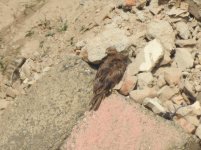 DSCN0291 (2).JPG765.7 KB · Views: 53
DSCN0291 (2).JPG765.7 KB · Views: 53 -
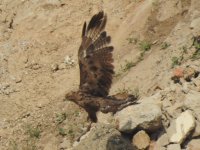 DSCN0294 (2).JPG1.1 MB · Views: 57
DSCN0294 (2).JPG1.1 MB · Views: 57 -
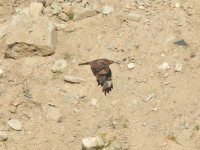 DSCN0295 (2).JPG446.4 KB · Views: 54
DSCN0295 (2).JPG446.4 KB · Views: 54 -
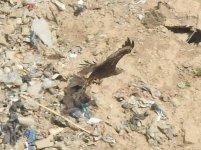 DSCN0299 (2).JPG213.4 KB · Views: 44
DSCN0299 (2).JPG213.4 KB · Views: 44 -
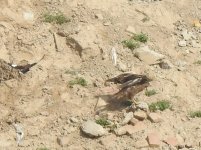 DSCN0300 (2).JPG294.5 KB · Views: 41
DSCN0300 (2).JPG294.5 KB · Views: 41 -
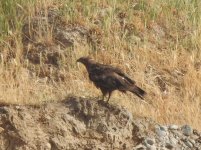 DSCN0326 (2).JPG764.8 KB · Views: 42
DSCN0326 (2).JPG764.8 KB · Views: 42 -
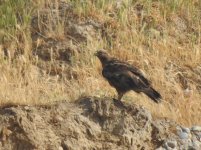 DSCN0327 (2).JPG1.6 MB · Views: 40
DSCN0327 (2).JPG1.6 MB · Views: 40 -
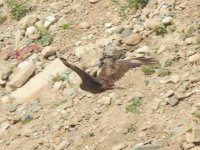 DSCN0337 (2).JPG600.4 KB · Views: 35
DSCN0337 (2).JPG600.4 KB · Views: 35 -
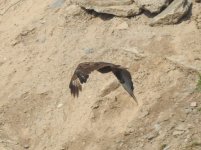 DSCN0338 (2).JPG561.6 KB · Views: 43
DSCN0338 (2).JPG561.6 KB · Views: 43





